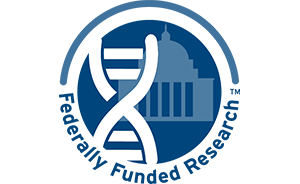Stomach Cancer
In the United States, about 21,000 people are diagnosed with stomach cancer annually, and 10,000 die of the disease. Worldwide, stomach cancer is much more common, in part because of high rates of infection with the bacterium H. Pylori, which was found in the 1990s to increase the risk of stomach cancer, ulcers, and other stomach problems.
Since the late 1980s, major research findings have improved options for patients with early stage disease. While full surgical removal of the stomach (gastrectomy) was previously the only option to potentially cure early stage stomach cancer, studies showed that a partial removal of the stomach was just as effective for many patients. Other research found significant improvement in long-term survival with the addition of adjuvant radiation and chemotherapy.
For patients with advanced disease, survival remains relatively low and effective new treatments are urgently needed. Through clinical trials, doctors continue to refine chemotherapy regimens in ways that extend patients' lives and significantly delay problems like loss of appetite and weight loss.











